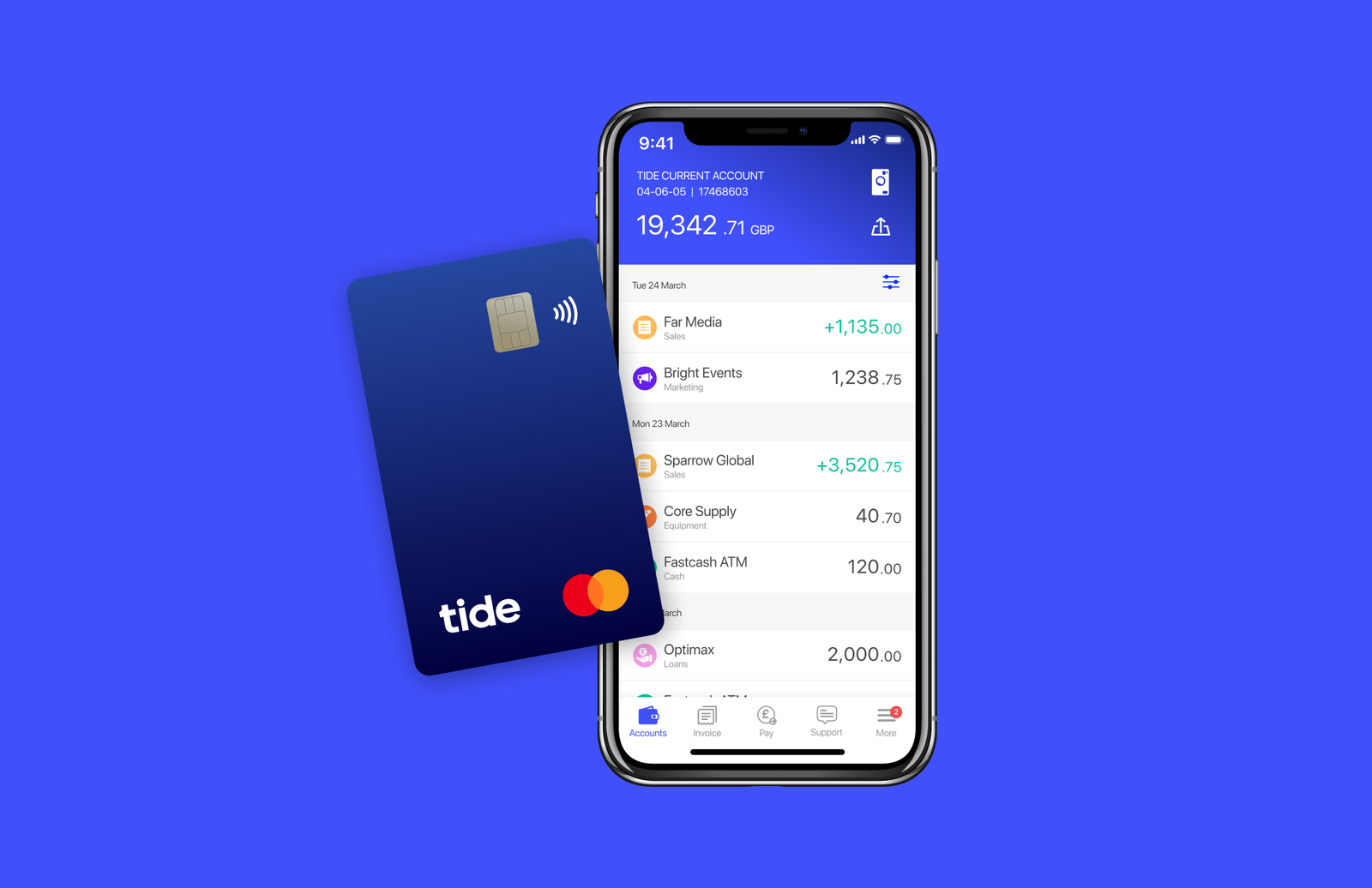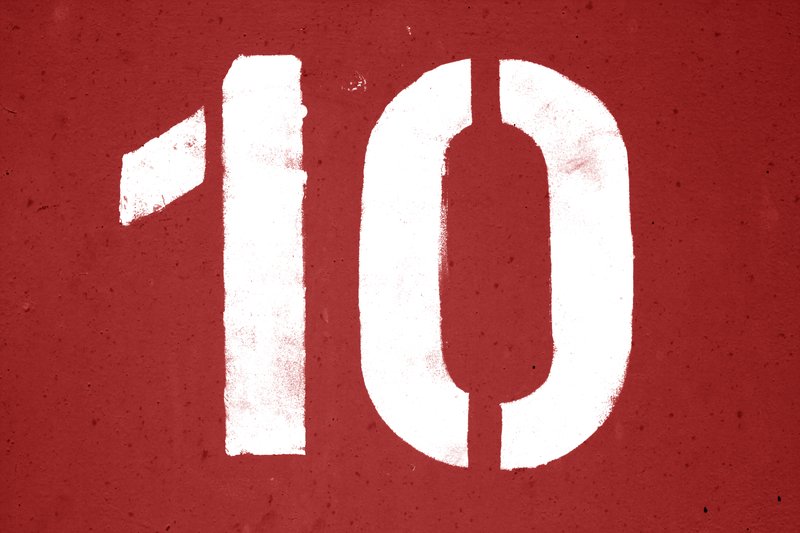Our comprehensive 2500-word guide on writing a business plan serves as an outline for anyone who is thinking of starting a small business or improving an existing one.
The sections in this guide are the essential components of any business plan and the main points a potential investor or bank will look for when considering investing in or lending money to your business.
Writing one can be helpful even if you never present your plan to anyone else.
It is best not to make the document longer than 25 pages, but anywhere between 20 and 50 pages is acceptable as long as the content is relevant.
We recommend you also read our top 10 business plan tips, including helpful template download links.
Contents of a Business Plan
- Objectives
- Executive review
- Market analysis
- Demand analysis
- Environmental analysis
- Company analysis
- Analysis of the competition
- Marketing strategy
- Success factors
- Economic analysis
- Finance
- Conclusion
1. Objectives
This section explains why you are creating this business plan and what you intend to do.
It could be for different reasons: to seek investors for a new project, launch a new line of products, market the company, or create a new business unit.
TIPS
- Do not elaborate at all. Get to the point and be brief. Each sentence is important. If a sentence does not contain important information, delete it.
2. Executive Summary
Here, you will review the whole plan and define the market, the product or service, your competitive advantage over the competition, the investment required, and the predicted results over a given period of time.
This section is vital if you require investment to execute the plan. It allows the business owners and potential external investors to understand the plan in a few paragraphs.
More importantly, it also lets the executive or investor quickly see if the project demands more attention without reading the entire plan.
The summary should be simple and well-written, including only the essential information. The proposal should make it clear to the reader what the possibilities of success are.
TIPS
- Write with a positive and authoritative tone, do not use if’s, do not write ‘we could’, write ‘we will’.
- The reader should have a clear idea of your business plan just by reading this page.
3. Market Analysis
In this chapter, you will define the following:
- The market
- Geographical area
- Consumer behaviour
- Market segmentation
3.1 The market is the people or organisations that will participate in the buying and selling processes of the products or services or use these products or services.
Free Tide Business Bank Account - £50 Cashback!

Open a free business current account to qualify + enjoy 12 months free transactions. Read our Tide review.
3.2 The geographical area refers to a type or range of products in a defined geographical zone, for example, the car market in the USA or the cosmetic market in the UK.
3.3 Once you have defined the market and the geographical area, you need to summarise the consumers’ needs and behaviour. Who are they? Why do they need the product or service?
3.4 Different groups of customers will have different requirements. The market for any product can be split into individual segments, where each segment describes customers with similar requirements, tastes, characteristics, interests, or lifestyles. Segmentation indicates gaps in the market and highlights the requirements of different types of users, enabling products to be positioned to meet those needs.
TIPS
- If you do not know your market, you can not create a viable plan, so do your homework.
- Think about the behaviour and habits of each of the segments.
- Identify consumer needs that the competition does not cater for, and make sure that these are highlighted clearly in the customer requirements.
4. Demand Analysis
In this section, you are going to make a numerical evaluation of the market and the segments of the market that you have defined in the following areas:
- Potential demand
- Actual demand
- Future demand
- Evolution of demand
4.1 The potential demand is the maximum the consumers could buy in a determined period of time.
4.2 Actual demand is the demand for the product or service this year or the previous year if the data is unavailable. Sales data on a national or regional level can be obtained from many different sources. If no data is available, you need to make estimates using other methods.
4.3 To establish future demand, estimate the increase in demand for the next year as a percentage of actual demand. For example, the video game market will increase by 10% in the next year. You can also make estimate for the medium and long term, 3-5 years would give you information to provide for and create future strategies.
4.4 To see the potential evolution of demand make a graph of historical sales in your sector, using this you can see the market trends and define the phases of the product life cycle. Using the actual, potential and future demand figures and applying them to the market segments previously identified by geographical region, objectives can be created as detailed later.
TIPS
- Do not commit the error of being over-optimistic with demand forecasts.
- Define the life cycle of your product or service and apply this to future demand.
- The launch phase of many products is slow; sometimes it is better to enter a market after others when the demand has already been created.
5. Environmental Analysis
There are a number of environmental factors that can influence the behaviour of the marketplace, affecting consumers or the competition just as much as you.
To introduce the variables you consider important you can see how they will influence the decisions you have to make or the decisions the consumers make.
Environmental conditions to consider:
- Economic
- Cultural
- Social
- Technical
- Legal
- Demographic
- Political
- Religious
TIPS
- Think about unemployment, average income, interest rate changes and technological advances in your field.
- Analyse the socio-cultural changes in society.
- Compile relevant information using newspapers, magazines, TV and the internet.
6. Company Analysis
This section is like a brief presentation of your company and its capabilities: its history, philosophy, installations, personnel, and financial situation and resources.
The main points to be highlighted are:
- Management team
- Company history
- Technical capability
- Products
- Strengths and weaknesses
- Strategic objectives
- Infrastructure, offices, transport
Include some information on the company’s capabilities, how it is expected to work, and the volumes it can handle.
TIPS
- Be optimistic but realistic.
- Emphasise the major strengths
- Highlight the management team, remembering that potential investors trust them just as much as you with their investments.
7. Analysis of the Competition
Describe your competitors, their history, their resources, their products and services and how they operate in the competitive market place.
In the same way you have analysed your company, do the same for the competition. What are their capabilities, how do they operate, and what volumes can they handle?
TIPS
- You must understand your competitors in order to attack their marketplace, defend against their moves to increase their share of the market, or, if appropriate, avoid them altogether.
- Do not worry about including information about the competition; everyone has room in the marketplace.
- Include the differences between your business and the competition.
- Be thorough.
8. Marketing Strategy
In marketing strategy, the four principle strategies are:
- Penetrate new markets
- To increase your share of the existing market
- To entrench yourself in the market
- To withdraw from the marketplace
Possible strategic objectives:
- Sales objectives
- Number of clients won
- Profit or margin objectives
- Share of the market
- Penetrate new areas
- Penetrate new market segments
- Positioning objectives
- Launching new products
- Withdrawing products from the marketplace
Now that the business objectives are identified, you need to look at the marketing mix. These are the four elements that are at the heart of marketing: product, price, distribution, and promotion.
Product
Three types of product decisions can be made:
- Create a new product
- Modify a current product
- Withdraw a product
These decisions need to be based on gaps in the current market, gaps in other markets, and the shortfalls of the competition.
Price
The most common pricing objectives are as follows:
- To obtain a profit on the capital invested
- To obtain a profit on sales
- To gain a share of the market
There are three price strategies:
- Pricing low for penetration
- Price to match the competition
- High pricing
These pricing strategies can be applied:
- Generically across all products
- Each line of products has a different pricing structure
- With each product priced independently
- By geographical area
Distribution
Distribution is the movement of merchandise from the place of production to the end consumer and all the processes in between.
All products that you sell can be sold in the same way or can be split by product or line of products, different market segments may be better served in different ways or different geographical regions may be better covered through different channels.
The distribution channel allows the business access to a market, to transport and sell products to the consumer; there are two routes to reach the customer:
- Direct sales. From the manufacturer direct to the end consumer.
- Via resellers. Through agents, wholesale or retail.
Direct sales
Direct sales can be executed via the telephone, through your web page, through salespeople visiting customers, by mail, or through your high-street outlet or office.
Agents
Agents organise distribution to the end consumer through wholesale and retail. They will normally offer further services to aid this process including:
- Transport
- Sales promotion
- A sales team
- Accounts facilities
- Giving credit to clients
- Giving advice on the sector
Distributors
Distributors are companies authorised to distribute products in a determined graphical area.
They will then sell directly to large clients or use wholesale or retail as appropriate.
Wholesale
They buy and sell the product to other wholesalers or retailers.
Retail
Retailers sell the product directly to the end consumer. Depending on their activity, location, or product type, they can acquire the product via any or all of the above channels.
Retail takes two forms: independent stores that have one or a few outlets and retail multiples, which may have many outlets over a large geographical area.
Franchises
Franchising is the process of a set formula being applied by the franchisee that has been set up, tried, tested and proven by the franchisor.
The franchisee is responsible for following the set plan and the franchisor is responsible for supporting the franchisee, providing operational advice and often advertising or promotional material. The franchisee has to pay the franchisor regular royalties or a management fee from the operation and there is often an initial buy in fee.
Promotion
There are four basic forms of promotion
- Personal sales
- Sales promotion
- Advertising
- Public relations
TIPS
- Be direct. Define the essential characteristics of your products and how they satisfy the needs of the market.
- Do not be excessively technical.
- Determining the distribution strategy is very important. Many products fail because they did not organise distribution correctly or supply the necessary resources.
- Be realistic with the promotional budget, remembering that the products or services are still unknown in the marketplace.
- Be very careful when deciding on pricing strategy and all its variants.
- This section is right at the heart of the business plan along with the figures, so be thorough.
9. Success Factors
This section is very important as it summarises why the plan will succeed. You could have a good marketing plan, an excellent management team, sufficient capital and a strong product, but what makes all the things you have to offer different?
Your plan needs a unique selling point or points. What do you have that will make it succeed?
These factors could be very different, for example:
- Strong initial advertising
- The ability to offer low prices
- Quality of service
- A product or products with their own unique selling points
- Pre-agreed channels and volumes
- Capacity to innovate or modify products quickly
- Exclusive distribution channels
All businesses, from fruit shops to car manufacturers, cafes to banks, have their own success factors, and in many cases, only one factor creates this success.
For a hairdresser, it could be the quality and price, or just the quality; for EasyJet, it is the price; for Rolls Royce, it is the quality and status; and for a builder, it is a specialist area of expertise. The secret is to identify these points and then highlight them.
TIPS
- Write only the important points.
- Get to the point and be brief. Each sentence is important. If a sentence does not contain important information, delete it.
10. Financial Analysis
This should include the following information:
10.1 Profit and Loss Statement for previous X years
Company history is imperative when projecting future success if you have been trading previously.
The Profit and Loss accounts give a picture of a company’s trading performance over a period of time in terms of income, sales and expenditure.
10.2 Balance Sheet for previous X years
A Balance Sheet is a snapshot of a company’s assets (what is owned) and liabilities (what is owed).
Total assets should always equal total liabilities, hence the ‘balance’. For example, the money value of what you invest in the business (an asset) is owed to you by the business (a liability).
10.3 Fixed and variable cost projections
Establishing the fixed and variable costs, when combined with the sales figures, will establish the business’s break-even point, the point at which it starts to make a profit.
10.4 Sales projections for the next 3-5 years
Using historical information, your knowledge of the market place and your product or service, you will be able to project future sales.
10.5 Projected Cash Flow analysis for the next 3-5 years
A Cash Flow statement, usually constructed over a year, compares your cash position at the end of the year to the position at the start, and the constant flow of money into and out of the business over that year.
10.6 Projected Profit and Loss statements for the next 3-5 years
You can put together a projected Profit and Loss statement using the projected sales and expenditures.
10.7 Projected Balance Sheets for the next 3-5 years
Projecting a Balance Sheet allows you to see the funds that will be required as the business matures.
TIPS
- Make sure all graphs and charts are clear and well laid out.
- Prepare all information by year for a period of 3 to 5 years.
- Display at least the first year of Cash Flow information by month.
- Use accounting terms where appropriate, and always be clear when expressing a point.
11. Finance
Here, you need to lay out the capital you require to start the business. Don’t just think about what you need in the start-up phase; also think about any further investment needed at a later date. If requested at the time when required, this will be seen as a failure to plan properly or a failure to execute your plan effectively.
These are the basic ways of obtaining the finance you will require:
- Business associates
- External investors
- Finance companies
- Public grants
TIPS
- Be brief and to the point; the financial information already supplied will support this section.
- Do not elaborate at all. Get to the point and be brief. Each sentence is important. If a sentence does not contain important information, delete it.
12. Conclusion
A business plan conclusion doesn’t need to be very long. It can be pretty brief.
Your conclusion should reiterate the opportunity, highlight the key strengths of your plan, summarise your vision, and remind the reader why your business is in a position to successfully execute the plan.
If you want to raise funding with your plan, you should detail the required finance.
Depending on who the plan is for, you could also include a ‘call-to-action’, telling the readers what they need to do next.
Add any Appendices
Finally, add any appendices that are relevant and strengthen your business plan.
You should include detailed information in an appendix that supports your plan but is too ‘heavy’ to include in the main body. This could include things like additional statistics, research results, or maps.
Business Plan Conclusion Tips
- Be brief
- This is an excellent time to transmit your optimism without exaggerating
- Leave the reader feeling positive
The guide was written with help from the EBP Business Plan Designer Team.










